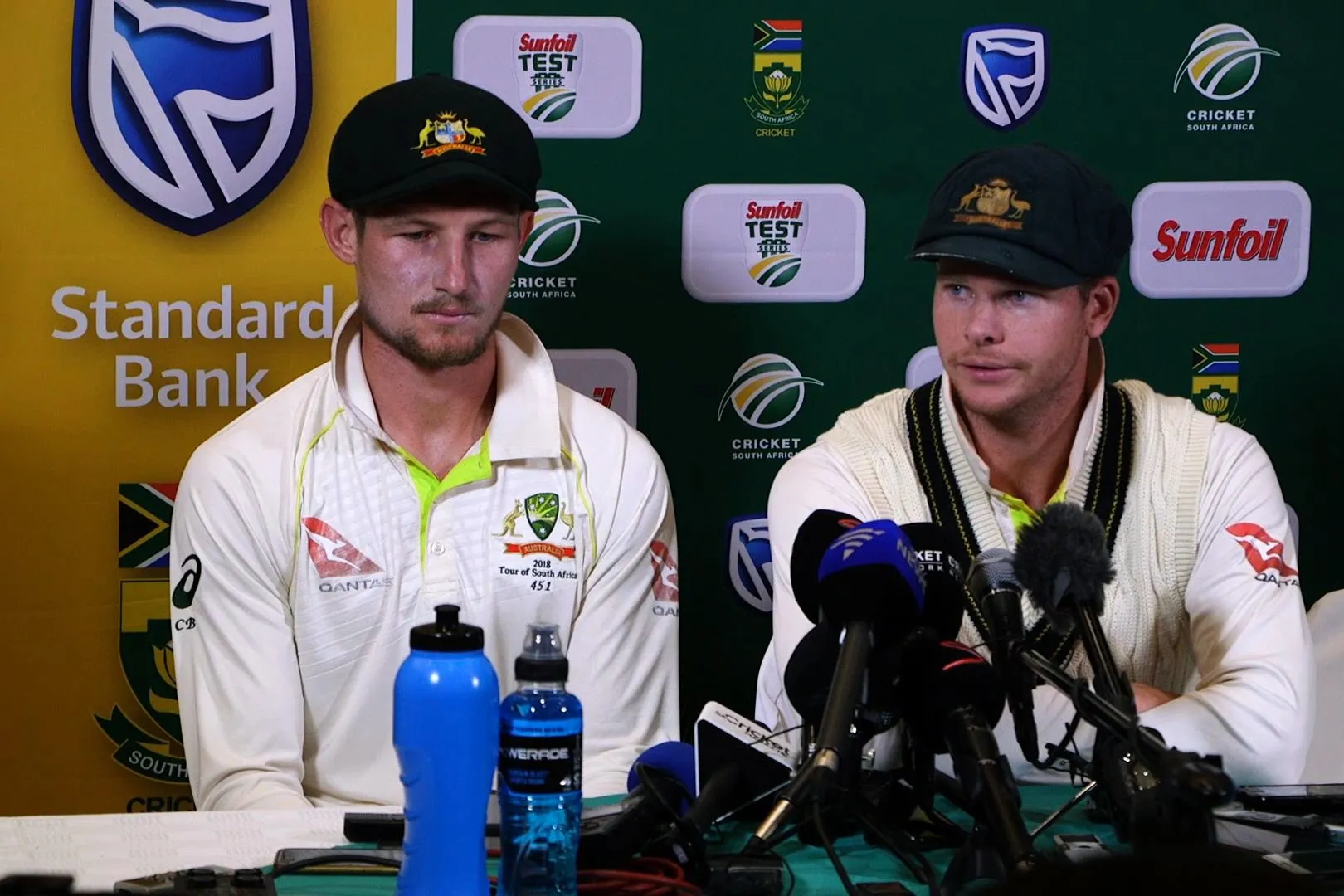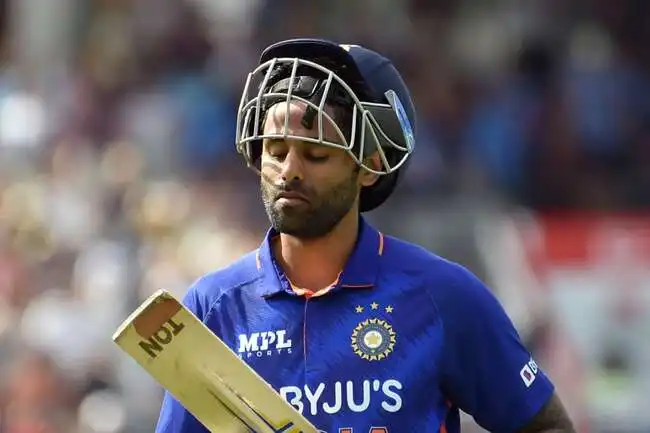 Smith and Bancroft aftermath of the incident [Twitter]
Smith and Bancroft aftermath of the incident [Twitter]
On this day, five years ago, the cricketing world was rocked to its core as a scandal of monumental proportions unfolded during the third Test match between South Africa and Australia in Cape Town. The incident that would come to be known as 'Sandpapergate' would leave an indelible mark on the sport's history and change the trajectory of the Australian cricket team for years to come.
How it transpired?
It all began on the third day of the Test match when South Africa came to bat for the second innings. The team was off to a flying start, with AB de Villiers and Aiden Markram dismantling the Aussie bowlers with ease. As the match progressed, something sinister was unfolding on the field, something that would be etched in the annals of the cricketing history.
The youngest of the trio involved in the scandal, Cameron Bancroft, was seen on camera rubbing the ball with something yellow. It was a brazen act of cheating, a 'blatant disregard for the rules of the game.'
Bancroft, realizing he had been caught in the act, tried to hide the object in front of his trousers. He later claimed that he was using a microfiber cloth to polish the red ball, but his actions had already been caught on camera.
The incident sent shockwaves through the cricketing world. It was a classic case of 'a leopard never changes its spots,' as the Australian team had a history of crossing the line when it came to playing hard. But this time, they had gone too far, and the consequences would be severe.
At a press conference later that day, Australian captain Steve Smith, his deputy David Warner, and Bancroft admitted to using yellow adhesive tape to alter the condition of the ball. The media storm that followed was intense, with fans and pundits alike calling for severe punishment for the trio.
The International Cricket Council (ICC) acted swiftly, sanctioning Bancroft and Smith for their actions. Bancroft was charged with a Level 2 offense by match referee Andy Pycroft, while the then Aussie captain was charged with trying to hamper the spirit of the game.
The fallout
Subsequently, Smith and Warner were forced to resign from their posts as captain and vice-captain. The duo was also banned from playing in the Indian Premier League that year.
Moreover, Cricket Australia slapped a 12-month ban on the two batters, while Bancroft was given a nine-month ban as well. Australian head coach Darren Lehmann also made the decision to step down from his position.
The fallout from the scandal was far-reaching. The Australian cricket team was left 'on the ropes,' facing the prospect of a long road to redemption. The scandal had dealt a 'body blow' to the team's reputation, and their fans were left reeling. But the team was determined to bounce back, and a new leader emerged to guide them through the turbulent times. The experienced Tim Paine was entrusted with the captaincy.
As the dust slowly settled and the bans were lifted, Warner and Smith returned to the fold, eager to prove their mettle and make amends for their past transgressions. They rose to the occasion with aplomb, showcasing their skill and experience on the field, and winning back the trust and respect of the fans.
The same could not be said for Bancroft, whose fortunes took a turn for the worse. Despite his best efforts, the once-promising batsman struggled to find his form and was eventually dropped from the team, unable to live up to the high standards expected of an Australian cricketer.

.jpg?type=mq)


